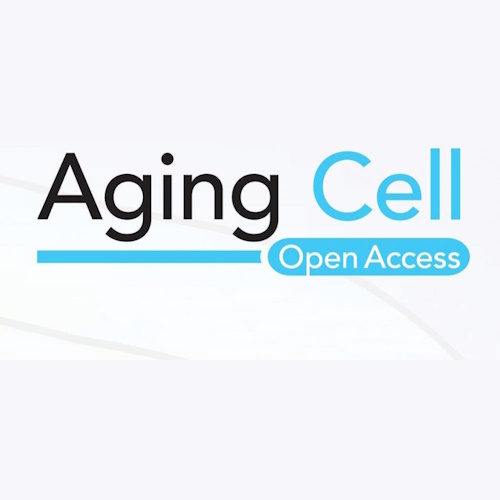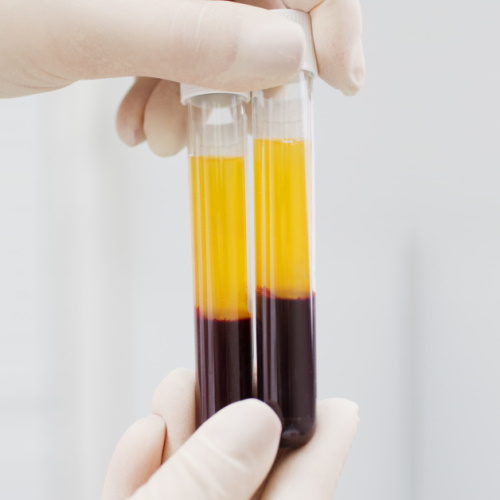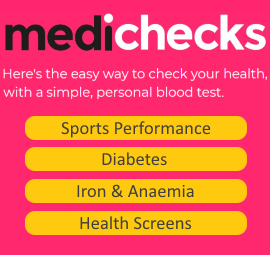Ageing is not just about counting candles on your birthday cake. It is about how your body performs. Biological age tells a deeper story than your birth certificate ever could. Scientists now have tools to measure that hidden clock—and possibly reset it.
Your DNA changes over time. Some of these changes reflect how fast your body is ageing. These changes can be tracked through something called the epigenetic clock. These clocks measure DNA methylation patterns and help estimate biological age. Scientists have found that diet, stress, and even medications can influence this age.
For example, moderate weight loss has been shown to reduce biological age. Nutrition and lifestyle adjustments can also push the age needle back. However, these changes are usually modest. More powerful interventions are under investigation.
Enter Therapeutic Plasma Exchange (TPE)
Plasma exchange involves removing a portion of the blood plasma and replacing it with other fluids or immunoglobulins. Originally used for diseases, it now shows promise for ageing. This trial studied different TPE schedules to see which worked best.
Participants were healthy adults over 50. Some received plasma exchange every two weeks, others monthly, and a third group received TPE plus intravenous immunoglobulin (IVIG). Another group received a sham treatment. Researchers measured biological age before, during, and after the interventions.
TPE and Biological Age Rejuvenation
The study showed that TPE reduced biological age in many participants. The biggest impact came from combining TPE with IVIG. This group saw a reduction in biological age of about 2.6 years. Monthly TPE alone reduced biological age by 1.3 years.
The results suggest that TPE can rejuvenate the body at the molecular level. However, the benefit seemed to level off over time. The body may adapt to repeated sessions, reducing their effectiveness.
What Changed Inside the Body?
To understand what was happening, scientists looked at various biomarkers. They studied proteins, immune cells, and chemical compounds in the blood. TPE with IVIG caused the most changes. It shifted the proportions of immune cells to a more youthful state.
There was a notable increase in CD4+ and CD8+ naive T cells. These are vital for a strong immune response and usually decline with age. At the same time, there was a drop in natural killer cells and monocytes, which typically rise with ageing.
The Role of Proteins and Metabolites
Scientists also measured changes in proteins linked to inflammation and ageing. TPE with IVIG was associated with lower levels of inflammatory proteins and markers of cellular stress. These shifts suggest that the treatment doesn't just slow ageing—it may reverse some of its damage.
One protein, IL13RA1, linked to fibrosis, showed strong associations with age reversal. The presence of glycine, an amino acid with anti-inflammatory properties, also increased. These molecular shifts may support long-term health improvements.
Who Benefits the Most?
Not all participants responded the same way. Those with slightly poorer health at the start showed the most improvement. Higher blood sugar and lower calcium levels predicted stronger rejuvenation effects.
Even though everyone in the trial was considered healthy, small differences mattered. That means TPE may help the most in people with early signs of metabolic imbalance.
Conclusion
Therapeutic plasma exchange, especially when paired with IVIG, holds real promise for slowing or even reversing biological ageing. This approach works by adjusting both immune function and molecular markers. While not a miracle cure, it could become a powerful part of future anti-ageing strategies. Larger studies are needed, but the direction is clear: we are getting closer to cracking the code of ageing.
The study is published in the journal Aging Cell. It was led by Eric Verdin, David Furman, Birgit Schilling, and Dobri Kiprov from Buck Institute for Research on Aging.










